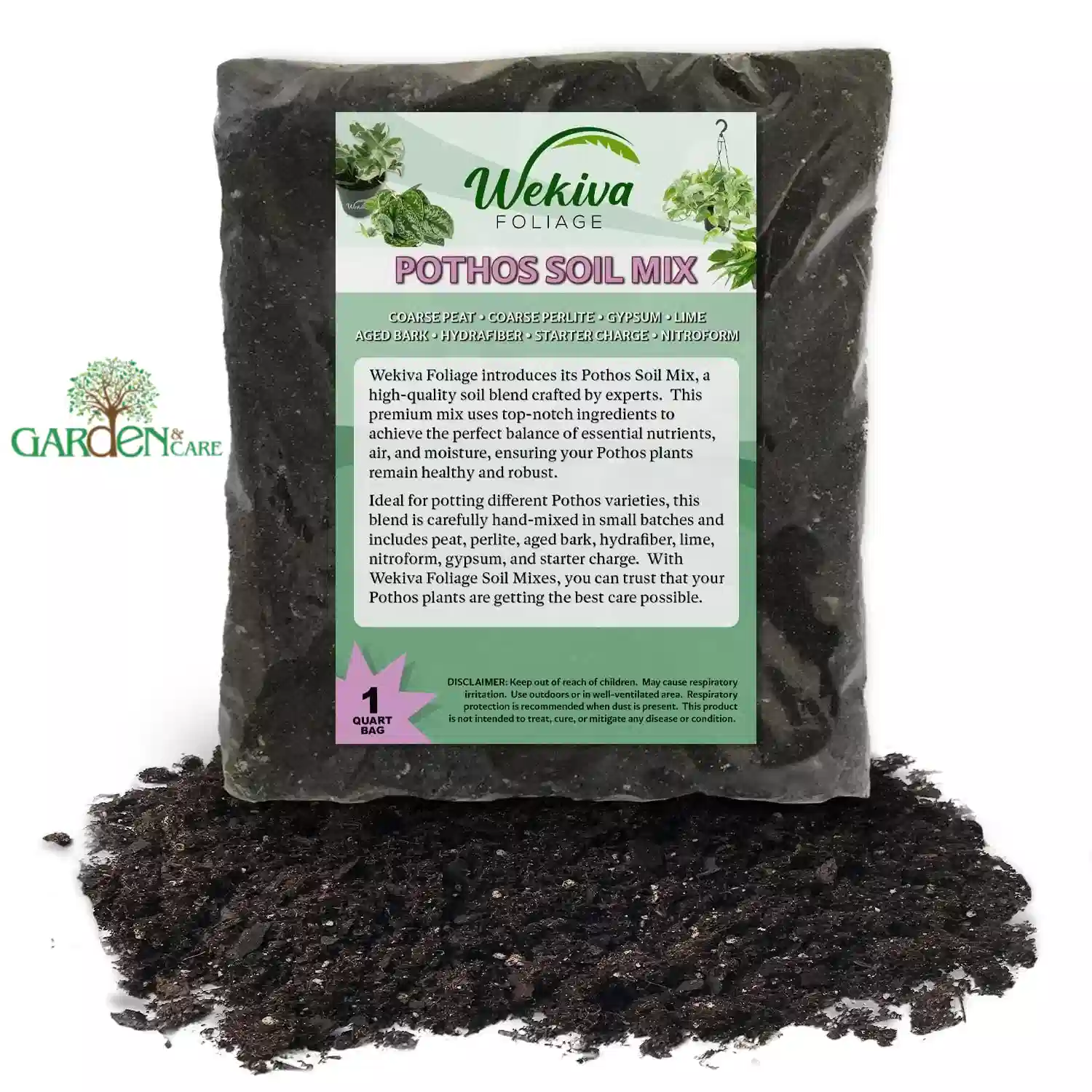Have you ever walked into a room, spotted a tall, upright plant in the corner, and thought—Wow, that just makes the whole place feel alive? That’s the magic of indoor snake plants. Known for their bold, architectural leaves and easygoing nature, these Sansevieria plant varieties (or, as my grandma called them, Mother-in-laws tongue) have become some of the most beloved houseplants—and for good reason.
I still remember buying my first one from a weekend market because it “looked cool,” not knowing I was getting one of the best indoor plants for beginners like me. That little plant sat by my window and thrived with barely any attention. Fast forward a few years, and now I have a small collection of snake plants scattered around my home.
In this guide, I’ll walk you through 10 easy-to-grow snake plants that’ll not only survive—but thrive—on your windowsill, shelf, office desk, or even your bathroom counter. Stick around, and let’s find your perfect green companion!
Why Snake Plants Are Perfect for Indoors
If you’ve ever struggled to keep a plant alive (been there!), indoor snake plants are a total game-changer. These beauties are low-maintenance indoor plants that practically thrive on neglect. Forget to water them for a week or two? No worries. They’re some of the most drought-tolerant houseplants around.
And let’s talk about their superpowers. Snake plants are famous as air-purifying plants—and it’s not just hype. A NASA Clean Air Study found that snake plants can help filter toxins like formaldehyde, xylene, and benzene from the air. That makes them ideal for bedrooms, home offices, and anywhere you want cleaner air.
They’re also champions of low light. Whether you live in a basement apartment or just have limited natural light, snake plants are perfect low-light houseplants. And because they grow upright, they add structure, symmetry, and elegance to any corner without taking up much floor space.
Here’s the magic combo:
- Gorgeous foliage
- Low care needs
- Air purification benefits
- Tolerant of almost any light
Snake plants don’t just survive indoors—they thrive and make you look like a plant pro while doing it.
Quick Snake Plant Care Tips for Beginners
Let’s be real—nobody wants a fussy plant that needs constant babysitting. That’s why snake plant care is refreshingly low-effort. I always say they’re the “set it and forget it” kind of plant.
Here’s what every beginner should know:
- Light: They do best in bright, indirect light, but they’ll still grow in low-light rooms. Just avoid the harsh midday sun.
- Water: Wait until the soil is completely dry before watering. This usually means every 2–3 weeks, sometimes longer in cooler months.
- Soil: Use a well-draining mix. A cactus or succulent soil is ideal because snake plants hate soggy roots.
- Pot: Always use a pot with a drainage hole to prevent root rot. Decorative pots are fine, but place a plastic grower’s pot inside if there’s no drainage.
- Humidity: Snake plants aren’t picky. They do just fine in dry indoor air and don’t need misting.
These beginner-friendly houseplants are incredibly forgiving. Miss a watering? Totally fine. Haven’t you repotted it in years? Still thriving. They’re like that dependable friend who never complains and always looks good.
Top 10 Types of Indoor Snake Plants You Can Grow
Alright, let’s dive into the fun part—choosing your plant! Below are 10 of the most popular snake plant varieties, each with its own vibe, size, and personality. Whether you want something bold and sculptural or small and compact, there’s a snake plant for you.
1. Sansevieria trifasciata ‘Laurentii’
If you’ve seen a snake plant before, chances are it was this one. With tall, sword-shaped green leaves edged in golden yellow, ‘Laurentii’ is a timeless favorite.
- Light: Prefers indirect light; adapts well to low light
- Height: Can grow 2–4 feet tall
- Style tip: Perfect for floor planters in living rooms or entryways
2. Sansevieria cylindrica (African Spear Plant)
Modern, minimal, and eye-catching. This variety has cylindrical leaves that grow straight up like spears.
- Light: Thrives in bright light, survives in low light
- Height: Up to 3 feet
- Style tip: Looks stunning in geometric or sculptural pots
3. Sansevieria ‘Moonshine’
Cool and calming, ‘Moonshine’ has silvery, pale-green leaves that add a soft elegance to any space.
- Light: Bright to moderate indirect light
- Size: Medium height
- Bonus: Unusual color makes it a standout piece
4. Sansevieria ‘Black Coral’
This variety is deep green with beautiful wavy, silvery patterns—like abstract art in plant form.
- Light: Low to moderate light
- Mood: Great for dramatic or monochrome interiors
5. Sansevieria hahnii (Bird’s Nest Snake Plant)
Compact and cute! ‘Hahnii’ has short leaves that form a rosette, making it perfect for tight spaces.
- Light: Adaptable to nearly any light
- Height: Usually under 12 inches
- Placement: Excellent for desktops, bookshelves, or kitchen counters
6. Sansevieria ‘Whale Fin’
One bold, oversized leaf is all it takes to make this plant pop. The ‘Whale Fin’ is wide and dramatic.
- Light: Bright, indirect light is ideal
- Growth: Slow but rewarding
- Tip: Give it space—it’s a showstopper
7. Sansevieria masoniana
Often confused with the ‘Whale Fin’, but typically grows in pairs or small clumps. It’s also rare and highly sought after.
- Light: Indirect or filtered light
- Care: Easy, just a bit slow to grow
- Collectability: Great for plant enthusiasts
8. Sansevieria ‘Golden Flame’
Bright and bold with golden streaks down the center, fading to green with age. This variety adds warmth and glow.
- Light: Needs bright, indirect light for the best color
- Vibe: Lively and uplifting
- Fun fact: Young leaves start off golden
9. Sansevieria zeylanica
Rugged and reliable, ‘Zeylanica’ has long, dark green leaves with lighter horizontal stripes. It’s practically indestructible.
- Light: Low to medium light
- Use case: Great for beginners or busy households
- Bonus: Grows quickly and easily fills space
10. Sansevieria ‘Silver Queen’
Soft silver-green leaves give this plant an ethereal, graceful look. It’s perfect for modern, minimalist decor.
- Light: Tolerates low light but looks best in moderate light
- Bonus: Pairs well with neutral tones and light-colored pots
Where to Place Your Snake Plant
Where you place your snake plant matters—not just for light, but for style and impact. These upright growers add height, elegance, and a splash of greenery wherever they go.
Some great placement ideas:
- Bedroom: Snake plants release oxygen at night, making them ideal for restful sleep.
- Home Office or Work Desk: Improves air quality and boosts your mood while you work.
- Living Room: A tall snake plant in a decorative pot makes a fantastic natural sculpture.
- Bathroom: As long as there’s some light, snake plants can thrive in humid environments. Great for spa vibes!
- Entryway or Hallway: A welcoming touch that doesn’t need daily attention
Style tip: Choose pots that match your decor theme. Modern home? Go for sleek ceramic. Rustic look? Terracotta’s your friend. Use stands or risers to add dimension and show off their upright growth.
Common Mistakes to Avoid
Even though snake plants are famously tough, there are a few mistakes that can trip up even the most well-meaning plant parent.
- Overwatering
Snake plants store water in their leaves, so they hate sitting in wet soil. Always check the soil with your finger before watering—if it’s still damp, wait!
- No Drainage
A pot without a drainage hole is a no-go. Use a well-draining potting mix and always ensure water can escape easily.
- Too Much Direct Sunlight
Bright, indirect light is their happy place. Harsh, direct sun (especially afternoon sun) can burn their leaves.
- Wrong Pot Size
Too large, and the soil stays wet too long. Too small, and the roots get cramped. Pick a pot just slightly bigger than the root ball.
Pro tip: If in doubt, under-water instead of overwatering. Snake plants forgive dryness—but not sogginess!
Final Thoughts
Whether you’re sprucing up your home or diving into houseplants for the first time, snake plants are the ideal indoor companion. They’re stylish, low-fuss and bring a peaceful, earthy vibe into any room.
Start with just one—maybe the classic ‘Laurentii’ or the pretty ‘Moonshine’—and watch your space (and maybe your plant collection) grow. These easy-to-grow indoor plants will reward you with cleaner air, lush greenery, and major home decor points.
Already have one? Or ready to grab your first? Let me know which snake plant you’re eyeing—I’d love to hear about it!
FAQ: Your Snake Plant Questions Answered
Q: What is the easiest indoor snake plant to grow?
A: ‘Sansevieria zeylanica’ and ‘Laurentii’ are both super hardy and forgiving. Perfect for first-timers.
Q: Which snake plant purifies air best?
A: All of them do a great job, but larger-leaved varieties like ‘Laurentii’ and ‘Moonshine’ filter more air.
Q: Can snake plants grow in low light?
A: Definitely! They’re among the best low-light indoor plants. Just don’t keep them in total darkness.Q: How often should I water a snake plant?
A: Every 2–3 weeks is usually enough. Let the soil dry out completely between waterings.





Leave a Reply